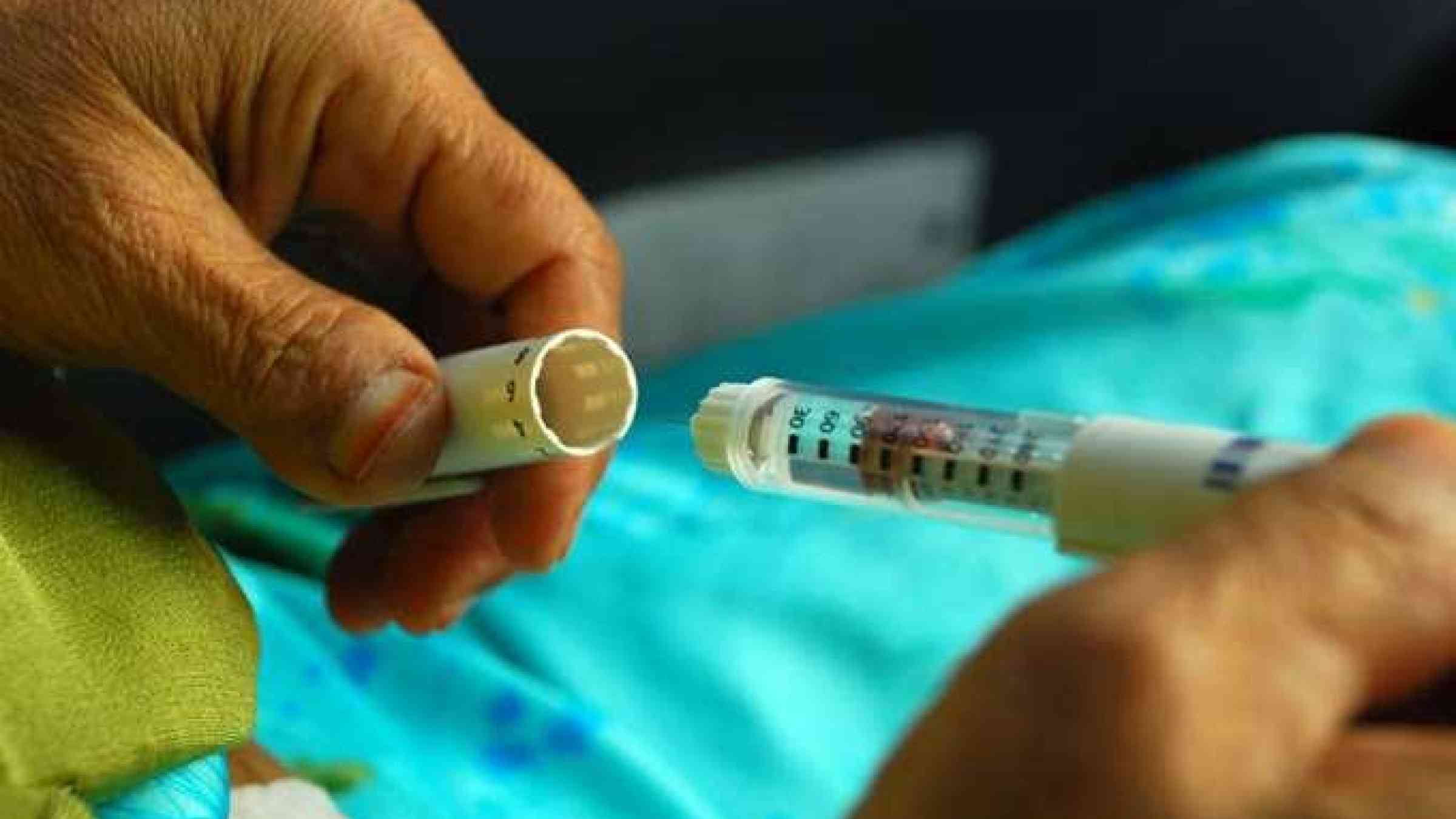
By Oleg Chestnov, Assistant Director-General at the World Health Organisation
After a disaster, when stress may be ubiquitous and access to medications scant, routine cases of cardiovascular disease, cancer, lung disease and diabetes can quickly evolve into life-threatening emergencies.
That is why the World Health Organization (WHO) is working on many fronts to respond to NCDs in emergencies.
WHO is working to identify the essential health services package in emergencies, of which a strong focus on Non Communicable Diseases (NCD) is critical, especially to ensure continuity in the delivery of care for people in need. The Sendai Framework for Disaster Risk Reduction also highlights the need to ensure people living with NCDs are included in the design of policies and plans to manage their risks before, during and after disasters.